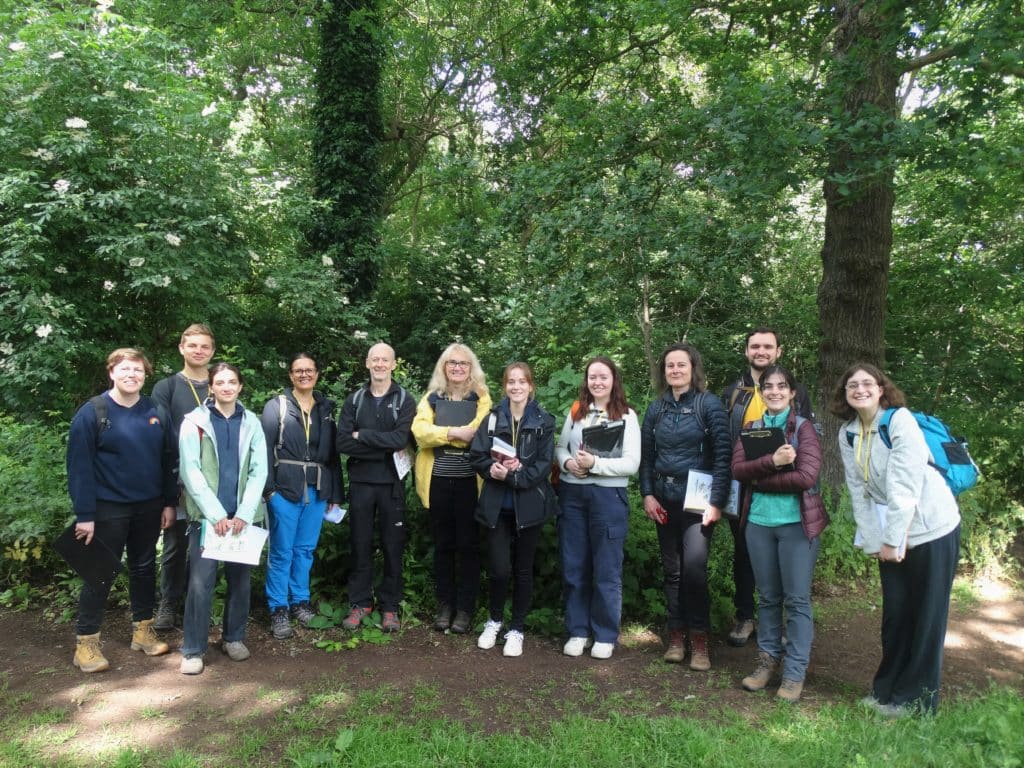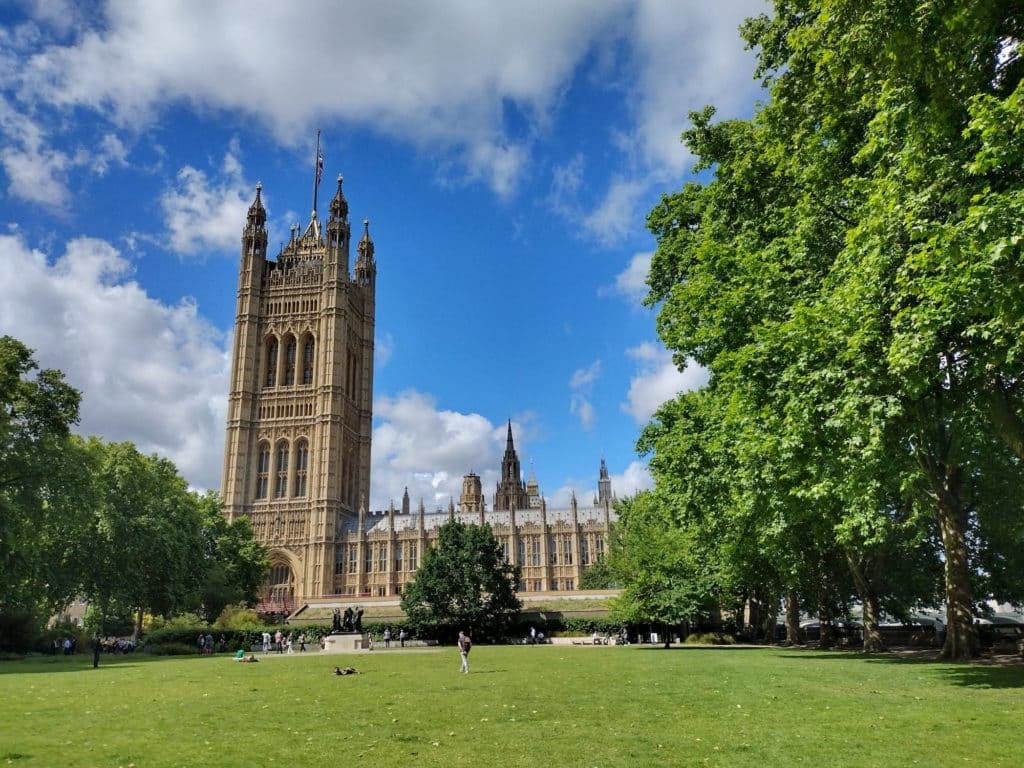
After a busy start to the New Year, GiGL have been forging ahead with our work as London’s Environmental Record Centre. If you’ve been keeping up with our monthly articles you’ll know we’ve been working away at a huge range of topics in 2022.
To kick off our 31st Issue, Database Officer Tanvi Desai showcased our Spaces to Visit dataset. This provides information on open spaces in Greater London that are open to the public as destinations for leisure, activities and community engagement. This fantastic resource for Londoners can be used in a myriad of ways, from helping community groups identify resources in their area to developing apps and websites that help engage the public with London’s greenspaces.
Moving on to February, we introduced two of our newest additions. The first interview was with Victoria Kleanthous, our Community Officer responsible for much of our work with recorders, data providers and students. The second interview was with our newest recruit Becca Jordan, who joined us in December 2021. As our new Habitats Officer she is well under way with her project to update and improve GiGL’s Habitats dataset. Follow the links to learn more about their favourite natural things and what inspired them to work at GiGL. Keep an eye out for the remaining GiGLer introductions coming up in Issue 32 of the GiGLer this autumn.

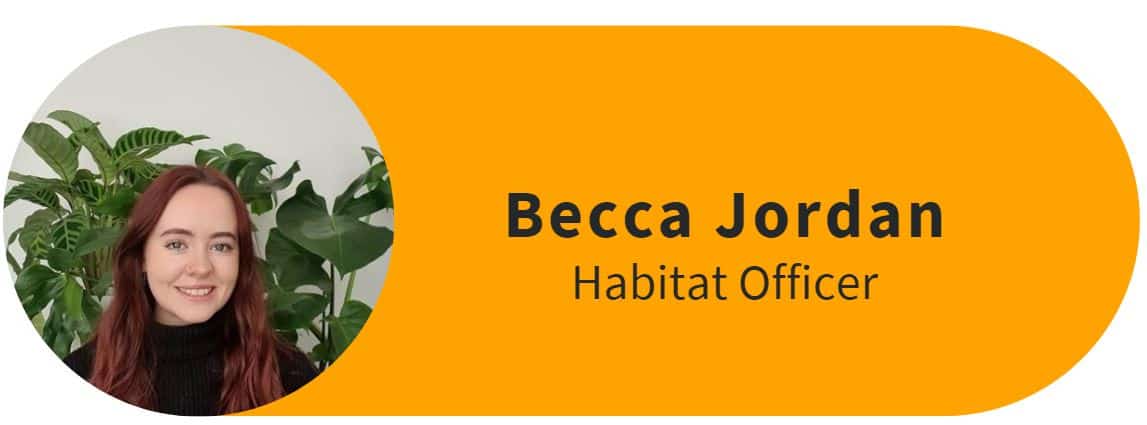
In March we explored how London’s wonderful open spaces aren’t evenly distributed across the city. Areas of Deficiency (AoD) is a measure of access to these natural and open spaces for anyone who lives, works or visits the capital. Building on a June 2021 article explaining the work we’ve been doing to improve our AoD modelling and services, Database Officer Tanvi details the latest updates to our Access to Public Open Space (POSAoD) maps and where we plan to go next.
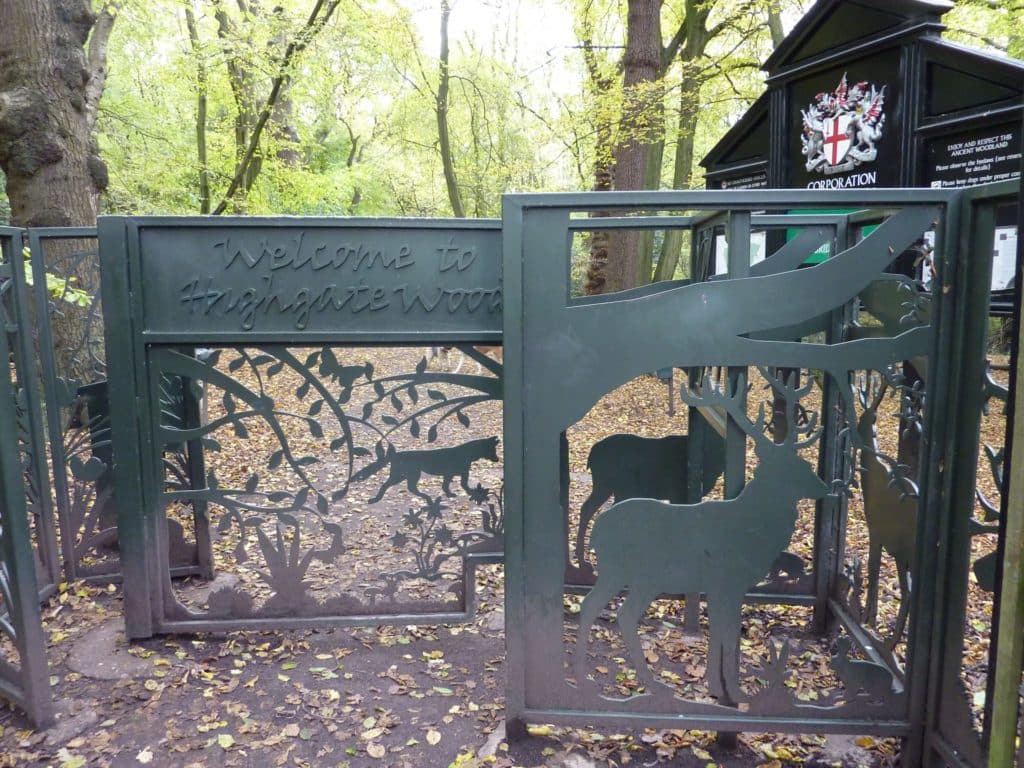
With spring in full swing, our April articles explored the theme of getting out and about. The first article announced the launch of the Royal Society of Biology (RSB) London Branch’s “Balcony Watch”, an event that ran over the bank holiday weekend at the end of April and start of May. This sought to engage both RSB members and non-members alike to discover wildlife on their doorstep in Greater London. The second April article was a return to our well-loved Joy of Recording series, which aims to highlight some of London’s brilliant species recorders. In this article we had the privilege of learning what inspires expert ornithologist Dave Clark, a long-time friend of GiGL. If you read the article be warned, you may leave with a song in your head and an urge to get outside and see what you can find.
Moving on to May, we highlighted two very important parts of the GiGL machine; our expanding volunteering roles and our data search reports. First off, our Community & Volunteers Officer Ben introduced his work revamping GiGL’s volunteering offerings. After taking a moment to acknowledge how important our volunteers are, Ben explained how we plan to expand and improve going forward as a community. We will be regularly updating our volunteering page with new volunteer profiles, so please make sure to check this out if you’re interested in joining the GiGLer volunteering community.
Our second May article was from Senior Partnership Officer Eleni Foui, who (re-)introduced us to GiGL’s data search reports. This is our service that helps to give nature a voice in London’s planning process. We were also introduced to a new interactive map that gives an insight into how many GiGL data searches are commissioned in each Local Authority, letting policy makers and the public see how their local area is fairing in making sure biodiversity is taken into account in the planning process.
Coming up to the halfway mark of the year, our June article kicked off our new series celebrating the work of GiGL’s verifiers. These volunteers assess GiGL’s species records to determine if the identification is likely to be correct for the given location and date. With good quality data central to everything we do at GiGL, these experts are vital in our work and ensure we have confidence in the records we share. Our first interview was with Derek Crawley, who has been verifying GiGL’s mammal records for a number of years now. His knowledge and understanding of mammal distributions across London is an invaluable resource and thanks to him, all of GiGL’s mammal records have been verified. The second article in the series followed in July and focused on Leslie Williams, a butterfly record verifier who is not only a long time GiGL friend but is also dedicated to butterfly recording within Greater London. We’re currently assisting him with the London Natural History Society’s updated Butterfly Atlas. The third and final instalment is out this month and focuses on Neil Anderson, a dragonfly and damselfly (Odonata) recorder whose help verifying records of these dynamic and ephemeral species is invaluable, with some important new sightings confirmed in recent years. If these interviews inspire you to share your records you can find out more on our recording page, and if you think you could help with verifying please get in touch at enquiries@gigl.org.uk.
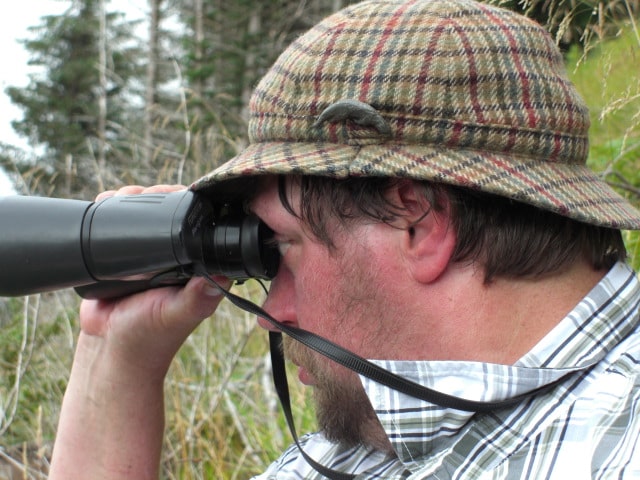
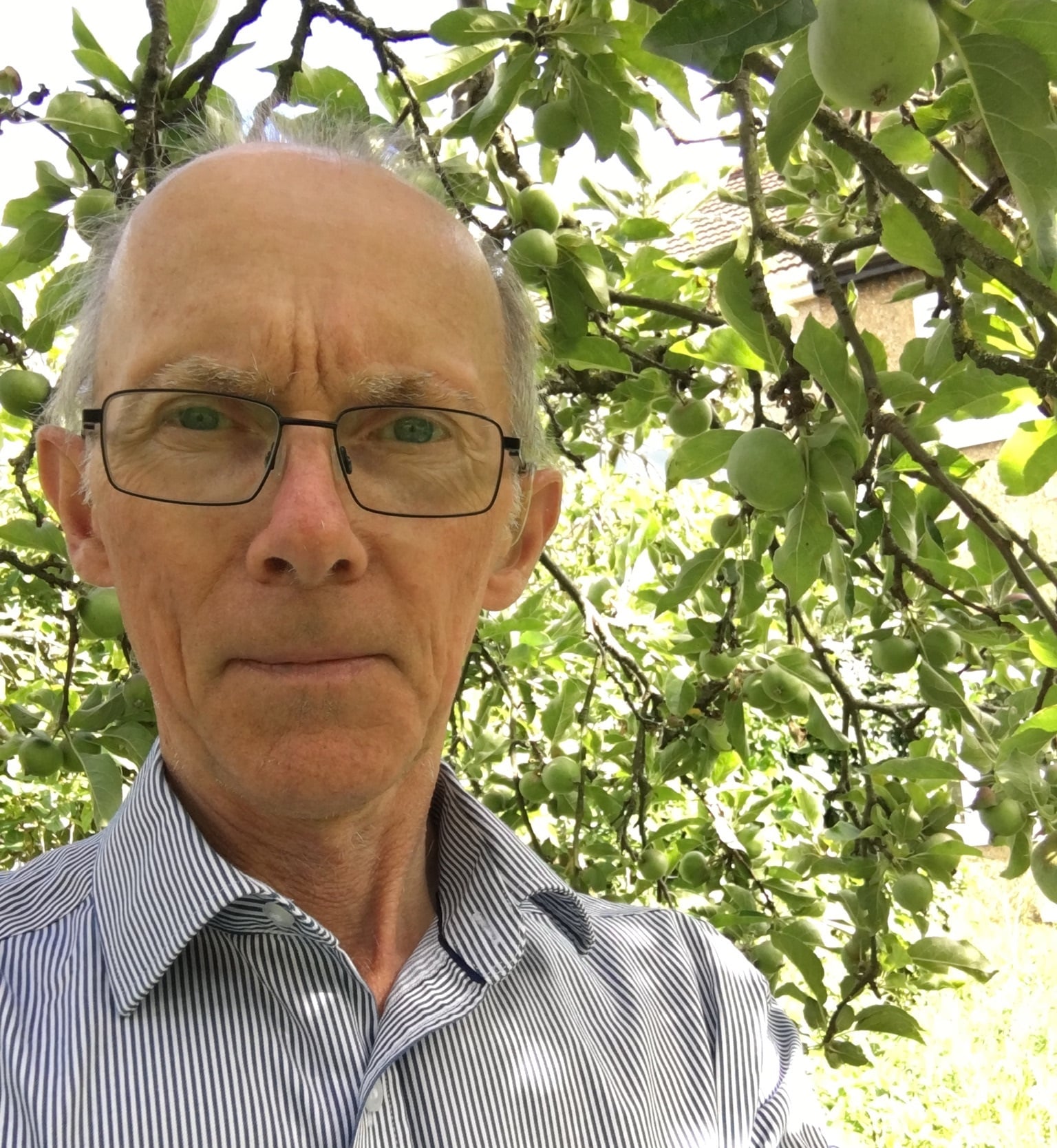
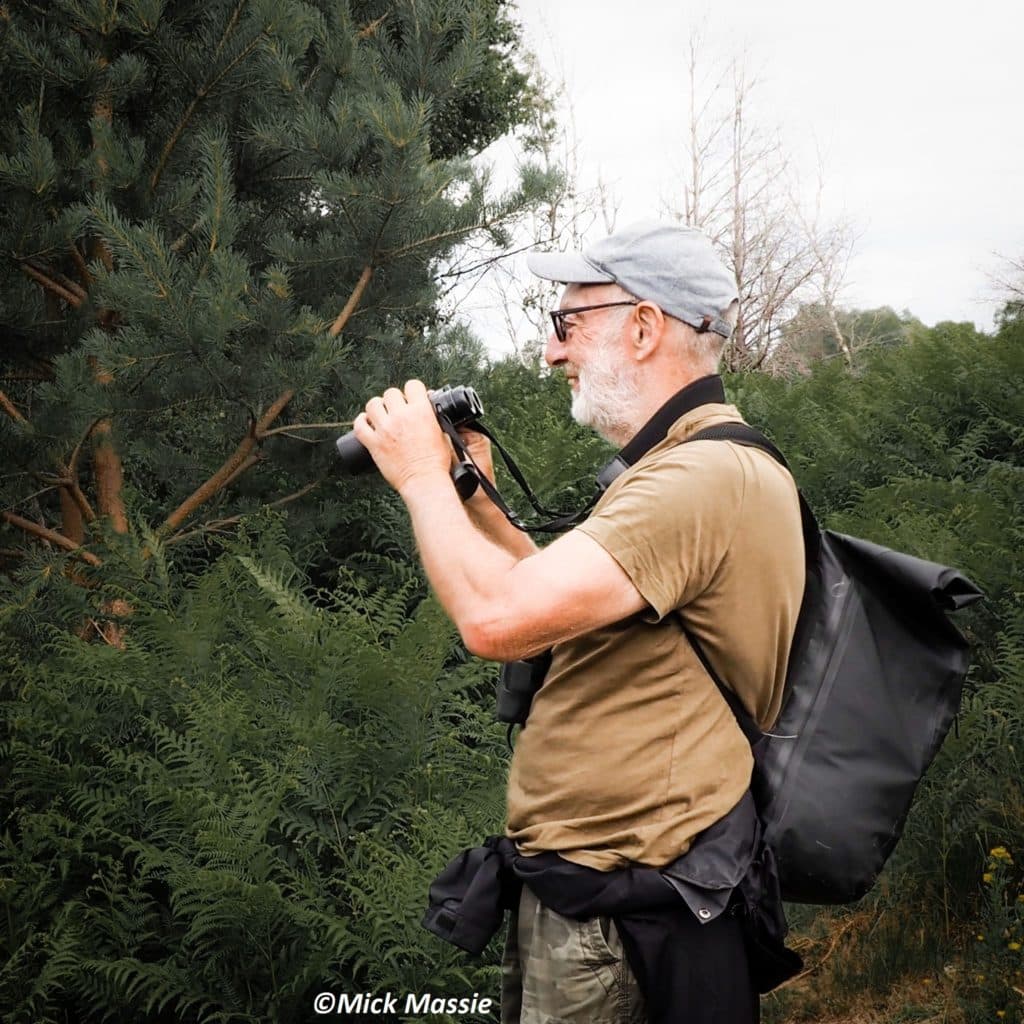
Going back to July, we can’t forget Rosie Whicheloe’s fantastic article on Sutton’s garden resource. We got an in-depth look at how Sutton ranks compared to other London boroughs in terms of garden size and area, which is pretty impressive. We also get an insight into how important these often-overlooked spaces are to the wider conservation landscape, and what Sutton are doing to protect the nature within them.
Finally, we’re back in August with an article on Haringey’s Rewild project focusing on Ancient Woodland within the borough. Annabel Foskett, Haringey’s Nature Conservation Officer, takes us through this exciting project surveying their ancient woodlands to inform future management and restoration, benefiting not only biodiversity but also the surrounding communities who can make use of this invaluable resource. We were introduced to the article by GiGL’s Ancient Woodland Inventory (AWI) Officer Frankie Moorman, who has been hard at work this year updating London’s AWI to help ensure these irreplaceable habitats receive the planning policy protection they deserve. You can find out more about this project here.
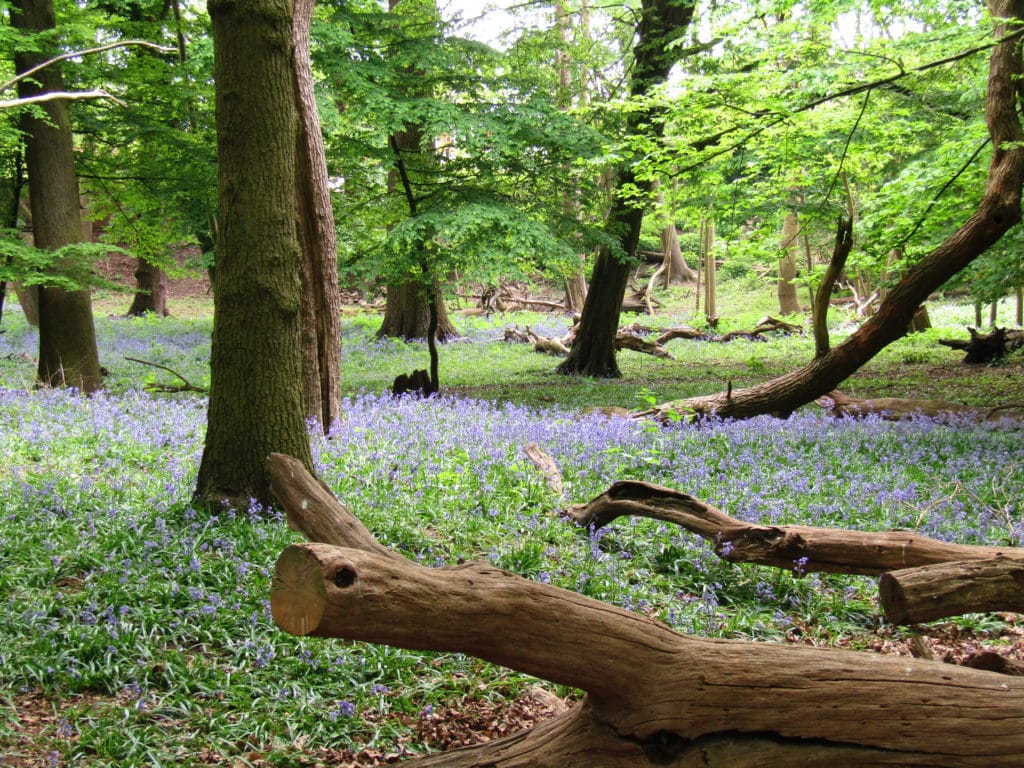
As well as looking ahead to all the exciting work being done, it’s important to also look back to see how far GiGL has come. With that in mind, we are very proud to publish our second public facing Annual Report for the 2020/21 financial year, highlighting a year of achievement and growth. Please do check it out here.

There are many exciting articles planned for our 32nd issue in the second half of 2022, including more GiGLer interviews, updates on open data and deep dives into some of the amazing work we’ve done with students. We’re also looking forward to London Recorders Day 2022, hosted at the Natural History Museum, so please do keep an eye out for more information on how to get involved with that. In the meantime, aside from our wonderful GiGLer articles, you can stay in touch through our various social media channels, including Facebook, Twitter, Linkedin and and brand new Instagram account.
There is plenty to keep us busy, so stay tuned!
